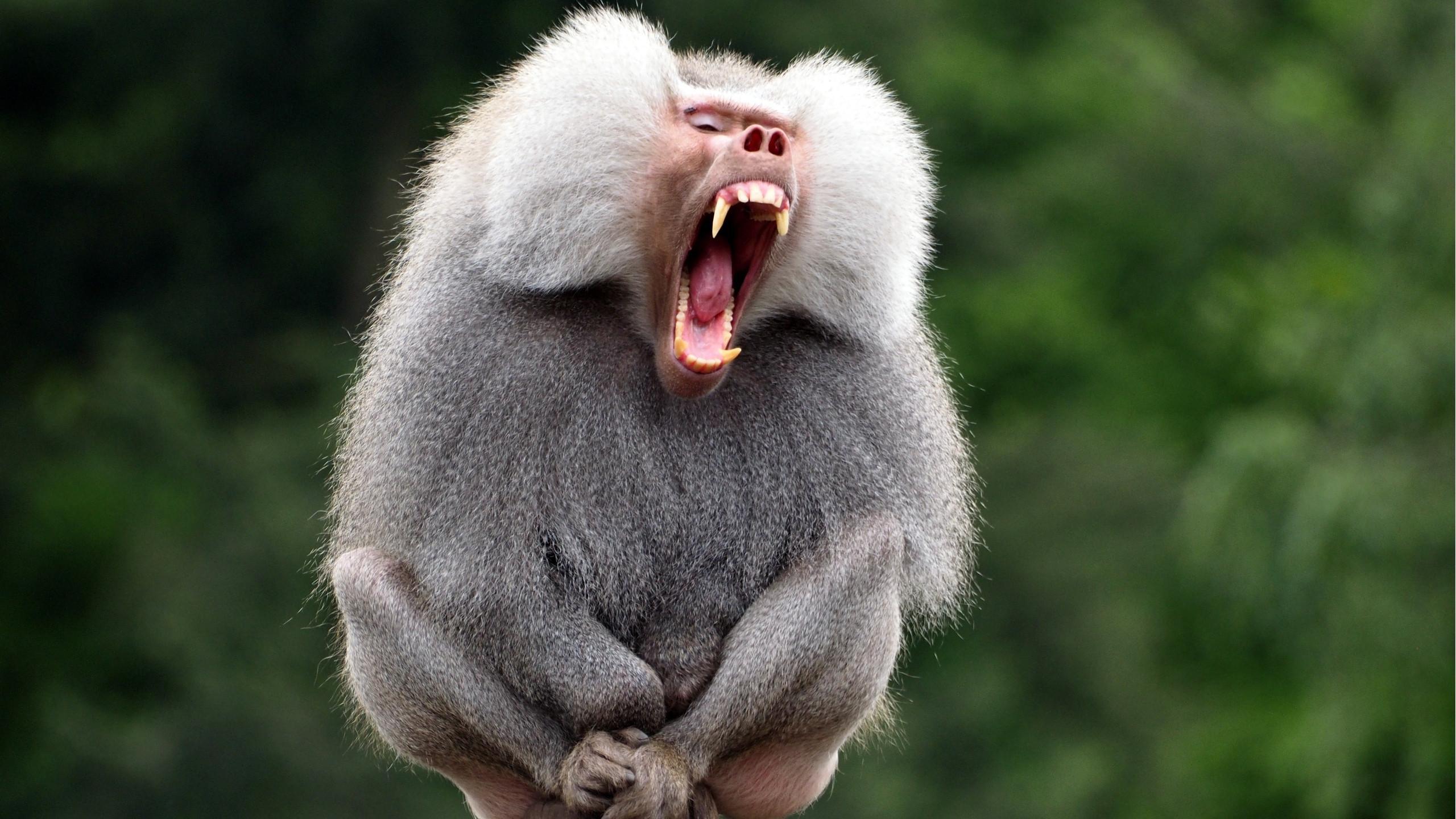Baboons are among the most recognizable and fascinating creatures in the animal kingdom, with their distinctive looks and complex behaviors capturing the attention of both researchers and wildlife enthusiasts alike. Belonging to the genus Papio, these primates are not only integral to the ecological balance but also offer profound insights into the social structures and survival strategies of mammals. This article explores ten compelling facts about baboons, shedding light on their intriguing world.
1. Diverse Habitats
Baboons are incredibly adaptable animals found across various environments in Africa and parts of the Arabian Peninsula. They thrive in a range of habitats, from savannas and forests to rocky deserts, demonstrating remarkable flexibility in their lifestyle.
2. Social Creatures
Known for their intricate social structures, baboons live in troops that can consist of up to 150 individuals. These troops are organized into complex hierarchies that play a crucial role in their survival, affecting access to food, mates, and protection.
3. Omnivorous Diet
Baboons have an omnivorous diet, consuming a varied menu that includes fruits, grasses, seeds, roots, and insects. Occasionally, they may also hunt small mammals or birds, showcasing their opportunistic feeding habits.
4. Communication Skills
Communication among baboons is highly sophisticated, involving a range of vocalizations, body postures, and facial expressions. These signals help maintain social bonds, establish dominance, and alert to potential threats.
5. Strong and Agile
Baboons are noted for their strength and agility, which are vital for foraging, escaping predators, and navigating their often challenging terrains. Their powerful jaws and sharp canines are also formidable tools for defense and feeding.
6. Long Lifespan
In the wild, baboons can live for up to 30 years, a testament to their resilience and the effectiveness of their social structures in providing protection and resources. In captivity, they can live even longer due to the absence of predators and access to regular food and medical care.
7. Tool Use
Baboons are among the select group of animals known to use tools. They have been observed using sticks to obtain food or modifying objects in their environment to assist in grooming, showcasing their problem-solving abilities.
8. Impact on Ecosystems
As seed dispersers and predators of certain insects and small animals, baboons play a significant role in maintaining the balance of their ecosystems. Their activities help in the regeneration of forests and the control of insect populations.
9. Conservation Status
While baboons are currently not endangered, their populations face threats from habitat loss, hunting, and conflict with humans. Conservation efforts are crucial to ensure their survival and the health of their natural habitats.
10. Fascinating Cultural Significance
Baboons hold a unique place in the cultural and spiritual beliefs of many African communities. They are often featured in folk tales and myths, symbolizing various human traits and moral lessons.
Baboons are remarkable for their adaptability, social complexity, and intelligence. These ten facts only scratch the surface of the fascinating aspects of their existence. As we continue to study and understand these primates, we uncover more about the intricacies of the natural world and the interconnectedness of life on Earth. Preserving their habitats and ensuring their survival is not just about saving a species but about maintaining the rich tapestry of biodiversity that sustains our planet.
